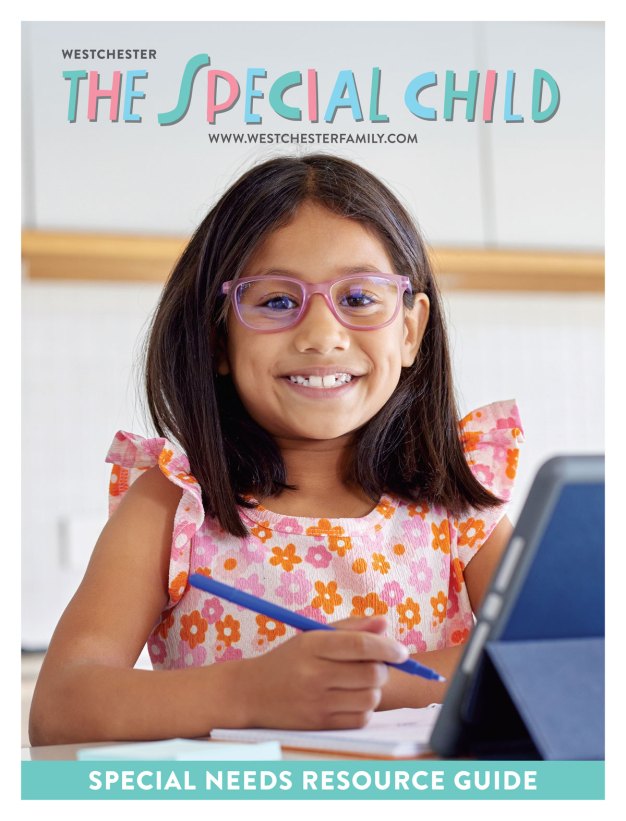Life in the 21st century continues to change our lives in many ways and parenting is no exception. Enter the growing trend known as Split Moms – moms who have older children but are now having babies who are at least 10 years younger than their older siblings.
This family dynamic has existed for some time, but the rise in this trend today can be attributed to a number of social and technological factors. Many women entering their 30s and 40s are still interested in having babies. Add that to higher divorce rates and second, or third, marriages as well as changing financial situations and having additional children can become very appealing. Plus, technological advances in medicine such as in vitro fertilization have given couples who weren’t originally able to conceive for a second time, a chance to grow their families. As for those who have had a change of heart about tubal ligations and vasectomies, reversing these decisions has become more accessible and commonplace.
Rallie McAllister, M.D., MPH is a family physician, cofounder of www.MommyMDGuides.com and coauthor of The Mommy MD Guide to Pregnancy and Birth. She’s also a part of the Split Mom trend. Here, she offers her thoughts on the best – and worst – parts about being a split mom.
Five Great Things
- Different Needs Mean Different Challenges. Because McAllister’s sons are so different in ages, they have vastly different needs. One way to meet every child’s needs is to find a way to meet each independently. The good news is they aren’t competing for the same attention in the way that three boys close in age would demand. “For example, my older son, Chad, mostly needs “been-there-done-that” advice and support in terms of his role as a new parent and spouse, balancing work and family, and planning for the future,” says McAllister. “But Oakley and Gatlin need me more for hands-on parenting and teaching them the skills they’ll need to be healthy, happy adults. This ranges from checking their homework, making sure they go to bed at a reasonable hour, and holding them accountable for their household chores.”
- Where Was This the First Time Around? Medical advances are constantly in motion but it becomes even more apparent to a mom with children of varying ages. When McAllister’s oldest son was born, there was no such thing as cord blood banking. But by the time she was pregnant with her two younger sons, the technology was really beginning to develop. “I was glad to have a second chance to consider banking my babies’ cord blood, it really showed me things can change between pregnancies,” notes McAllister. Today, the medical advancements are even further along with cord blood being used to treat a number of blood and immune diseases. For more information, visit www.cordblood.com.
- Parenting – Take Two. Having children at different stages of your life provides the opportunity to experience the benefits of two very different parenting experiences! As a younger mom you have the benefits of having lots of extra energy to keep up with a child’s antics and adventures. While you may give up some of that endurance if you enter parenthood once again as an older mom, more maturity, wisdom and patience can help you to draw on the greater perspective that time brings.
- Go With the Flow. Maturity and experience can often result in a more positive and relaxed parenting style. As you have been able to learn from mistakes and see older children blossom into great people, you don’t have to micromanage your younger kids in ways you may have done with an older child. “Having raised one son to maturity and seeing what a wonderful, responsible person he’s become, I realize being a good role model is one of the greatest gifts I can give to my children,” says McAllister.
- Little Extra Help. From a purely practical perspective, older children can help out with younger ones!
Five Challenging Aspects
- One on One Time. It’s easy to feel pulled in so many different directions when children’s needs vary so dramatically based on their age. Setting aside time with each child individually at least once a week can be a way to cope with this dilemma while also keeping track of what’s going on in their lives. It can be as simple as a phone conversation with a grown child while fitting in going out for a meal after a younger child’s sporting event.
- Bringing Them Closer. Many split moms wonder if their younger and older children aren’t as close as siblings born close in age. McAllister looks for ways to foster relationships of older and younger siblings by not only encouraging them to spend time together as brothers but also by providing them with the means to make it happen. “When Chad brings his new family to visit us, I send him out with Oakley and Gatlin to go bowling, while I take my daughter-in-law and my granddaughter shopping.”
- Career Challenges. From a career standpoint, split parenting raises ongoing difficulties in moving forward with work ambitions. At a time when many women are experiencing an empty nest and making tremendous accomplishments in their careers, the split mom is most likely taxiing youngsters to extra curricular classes and recreational events.
- Different Life Lessons. How children of split moms experience financial lessons can vary dramatically – for both the good and bad. McAllister notes that when Chad was growing up, she was a broke, starving medical student. Chad learned the value of hard work, and he learned how to live happily on a squeaky tight budget. Now that she has graduated from medical school and been working for decades, she is much more comfortable financially, and doesn’t work nearly as hard as she did in her younger years. “I worry that my teenagers aren’t learning those same lessons about hard work and budgeting as well as Chad did.”
- Staying Fit. As a more mature mom it can be difficult to find the energy to keep up with your younger kids. What is McAllister’s advice for this challenge? “It gives me a huge incentive to take better care of myself and should be for all the other split moms, and dads too!”
Jennifer Bright Reich is a writer who enjoys working with Rallie McAllister, M.D.
What Does the Doctor Do?
Have you ever secretly wondered how your doctor handled her pregnancy? Wouldn’t you love to know how doctors, who are also moms, got through pregnancy issues such as morning sickness, backache and heartburn?
The Mommy MD Guide to Pregnancy and Birth: More than 900 tips that 60 doctors who are also mothers use during their own pregnancies and births (The Mommy MD Guides) by Rallie McAllister, M.D. MPH and Jennifer Bright Reich (Momosa Publishing, LLC, 2010), explores all aspects of pregnancy and birth and gives you inside tips on what works because they have been there themselves. The book takes you through each trimester one week at a time and finally to the day of birth. The doctors who contributed to the book have professional medical careers and years of motherhood. Combined they have 146 babies! Sounds like they are in the position to give some valuable tips.












